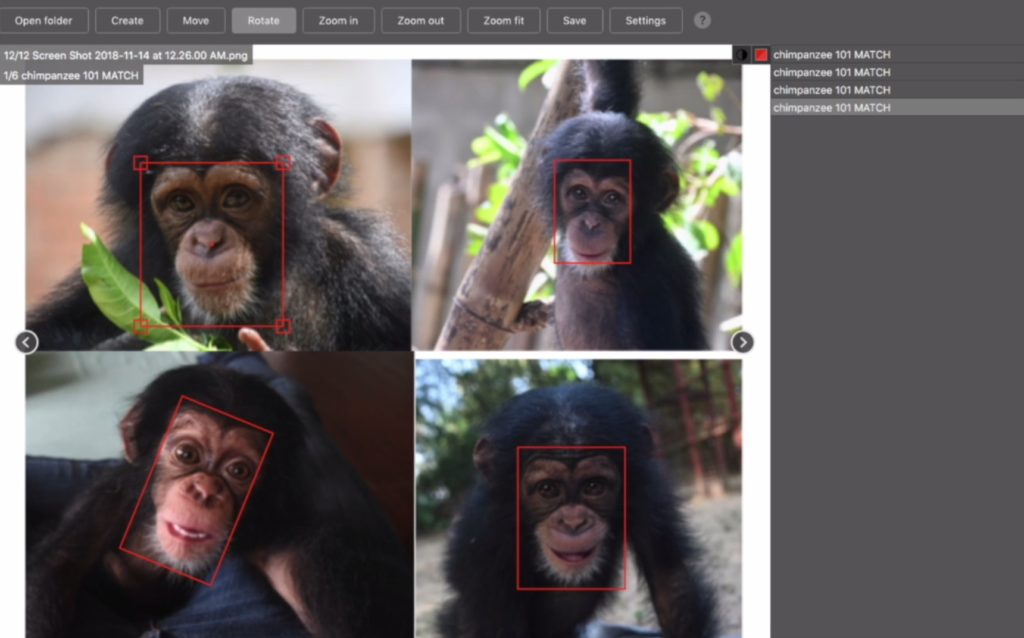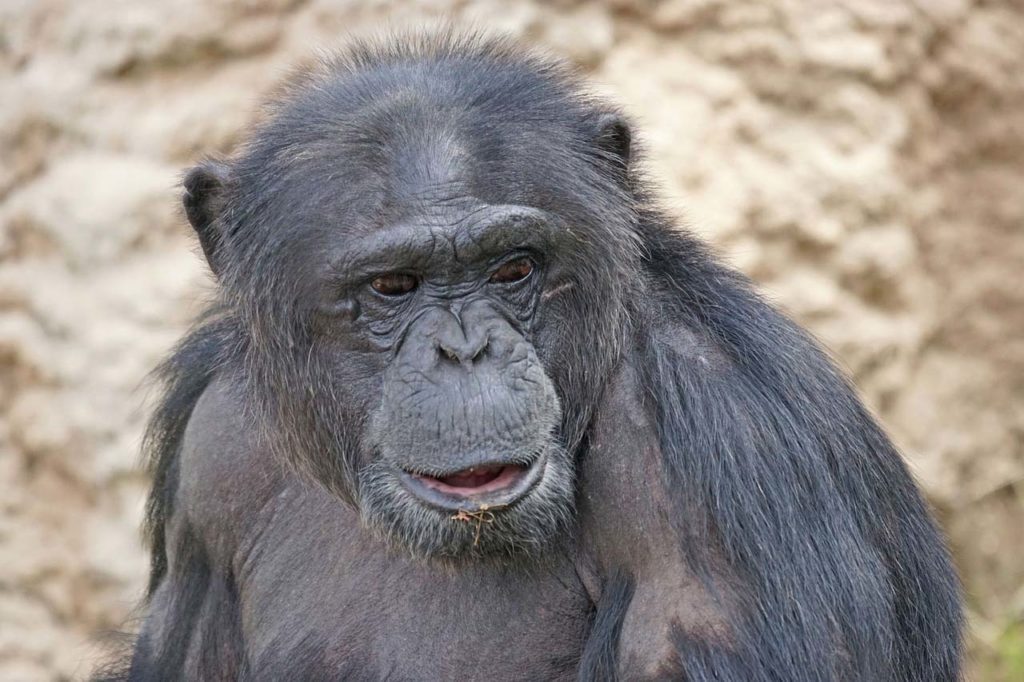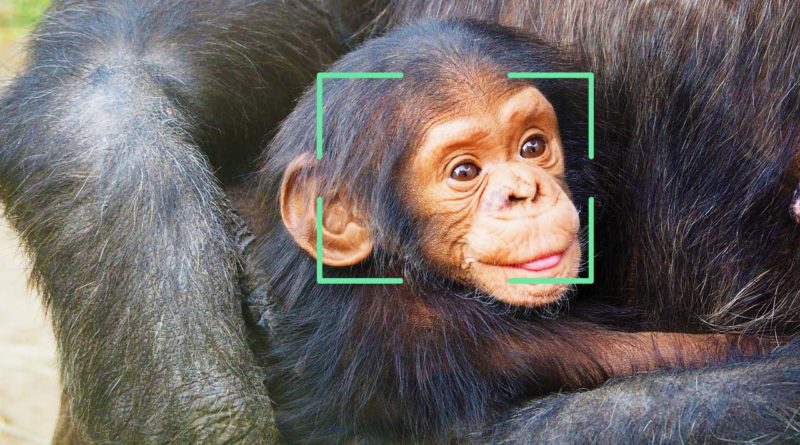Chimp Facial Recognition to Help Curb Trafficking
Like many other species, chimpanzees are under threat from poachers and traffickers. According to United Nations World Wildlife Crime report, over 6,000 great apes have been trafficked from the wild since 2005, and a further 30,000 have died in capture-related activities.
Often babies are raised and sold illegally as exotic pets while the adults are killed for their “bush meat”. Many of the illicit transactions take place over the internet on social media channels and e-commerce sites. In an attempt to curb online trafficking of these beautiful creatures, one group is attempting to use AI and facial recognition.

ChimpFace Scans Internet For Signs of Trafficking
ChimpFace uses facial recognition and AI to identify photos of chimpanzees who may be in danger. The program scans places on the internet like social media channels and e-commerce sites. If it identifies a photo that may be linked to trafficking it will send a notice to a team of conservationists for further review. The project was founded by conservationist Alexandra Russo who teamed with Colin McCormick, a computer vision expert and non-profit Conservation X Labs to help create the algorithm.
“Matches found through ChimpFace’s facial recognition software could be used as supporting evidence in criminal investigations,” said Pauline Verheij, senior program manager of wildlife crime at the Internation Fund for Animal Welfare.
To help train, the AI was fed thousands of photos of chimps from conservation groups. The algorithm has two jobs. It must first identify if the photo has a chimpanzee in it. Then the AI must identify and catalog that individual animal. While the algorithm is similar to those used in facial recognition that identifies humans, it needs to have a unique set of identifiers as chimp faces are shaped differently.
AI Can Save Time and Money in Analyzing Photos
Normally researchers and volunteers would have to click through websites and social media by hand trying to figure out which photos may be linked to illegal activity. This takes a huge amount of time and resources. Using something like the autonomous ChimpFace greatly speeds up and streamlines the process.
“While significant resources have been spent manually searching the web to source evidence of these crimes, the vastness of the internet makes it inefficient and prone to error. ChimpFace will automate the currently manual search process, saving a tremendous amount of time and money.” said project founder Alexandra Russo.

Algorithm Can Be Expanded to Include Other Animals
The algorithm is still being tested and perfected but researchers are hopeful that the algorithm will be able to successfully track chimpanzees through the online trade chain. The creators are hoping eventually the project can be expanded to include other animals. Text-analysis may also be added in the future to scan for certain trafficking-related words or phrases such as “chimps for sale” or “buy exotic pets”
“We need these technology tools if we are to make the internet a no-go zone for wildlife traffickers,” said Tania McCrea-Steele, international project manager of wildlife crime at the IFAW.
If you would like more information on the ChimpFace project and see what else Conservation X Labs is working on please visit their website.
sources: The National
Check out our articles on AI helping to protect forest elephants and photo recognition saving giraffes.

